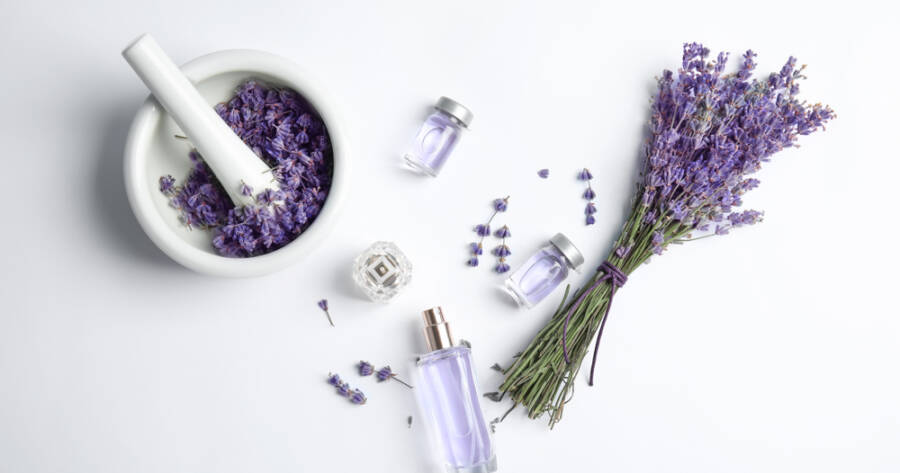Essential oils offer a natural way to improve well-being, but not all products are created equal. Many brands charge premium prices, making it challenging to find affordable options without sacrificing quality. Understanding how to spot high-quality essential oils while sticking to a budget ensures you get the best value for your money.
Understanding Purity: What to Look For
The purity of an essential oil determines its effectiveness. High-quality oils are typically extracted using steam distillation or cold pressing without synthetic additives. To ensure you’re purchasing pure oil, check for labels that mention “100% pure essential oil” rather than “fragrance oil” or “aromatherapy blend,” which may contain fillers.
Reputable brands often provide details on their sourcing and extraction processes. Look for companies that disclose the plant species, country of origin, and testing results. Third-party testing, such as gas chromatography-mass spectrometry (GC-MS), confirms purity and helps distinguish real essential oils from diluted or synthetic versions.
Why Expensive Doesn’t Always Mean Better
Many assume higher prices guarantee better quality, but this isn’t always true. Some brands charge premium prices due to marketing and packaging rather than superior ingredients. Instead of focusing on price alone, compare quality indicators such as purity, extraction method, and transparency.
Buying directly from manufacturers or trusted online retailers can cut costs by eliminating retail markups. Some smaller brands offer high-quality oils at reasonable prices because they don’t spend heavily on advertising. Checking reviews and independent product tests can also help you find affordable yet effective options.
Finding Cost-Effective Alternatives
Not every essential oil requires a high-end brand to be effective. Some oils, such as lavender, peppermint, and tea tree, are widely available and easier to source, making them more affordable. Less common oils, like rose or sandalwood, tend to be pricier due to their complex extraction process.
Instead of purchasing costly single oils, consider blends that provide similar benefits at a lower price. For example, a citrus blend can offer energizing effects similar to bergamot without the high cost. Another way to save is by purchasing oils in bulk or larger bottles, reducing the price per ounce.
Best Places to Buy Quality Essential Oils
Finding high-quality essential oils requires choosing reputable retailers that prioritize purity and sourcing. Brands like Plant Therapy and Rocky Mountain Oils offer third-party-tested oils with no additives.
Aura Cacia, available at major health stores, provides affordable options with transparent ingredient sourcing. For a premium selection, doTERRA and Young Living specialize in therapeutic-grade oils, though they come at a higher cost.
Avoiding Common Marketing Traps
Many companies use marketing tactics to justify higher prices. Terms like “therapeutic grade” may sound impressive but have no standardized definition in the essential oil industry. Instead of relying on these phrases, focus on lab testing and ingredient transparency.
Multi-level marketing (MLM) brands often sell essential oils at inflated prices due to commission-based sales models. While their products may be high quality, similar options are often available at lower prices from independent sellers. Researching brands and reading unbiased reviews help you avoid overpaying for marketing rather than quality.
Smart Shopping for Essential Oils
Finding high-quality essential oils at an affordable price is possible with the right knowledge. By focusing on purity, understanding pricing myths, and exploring alternative sources, you can enjoy the benefits of essential oils without overspending. Making informed choices ensures you get the most value while prioritizing your well-being.

